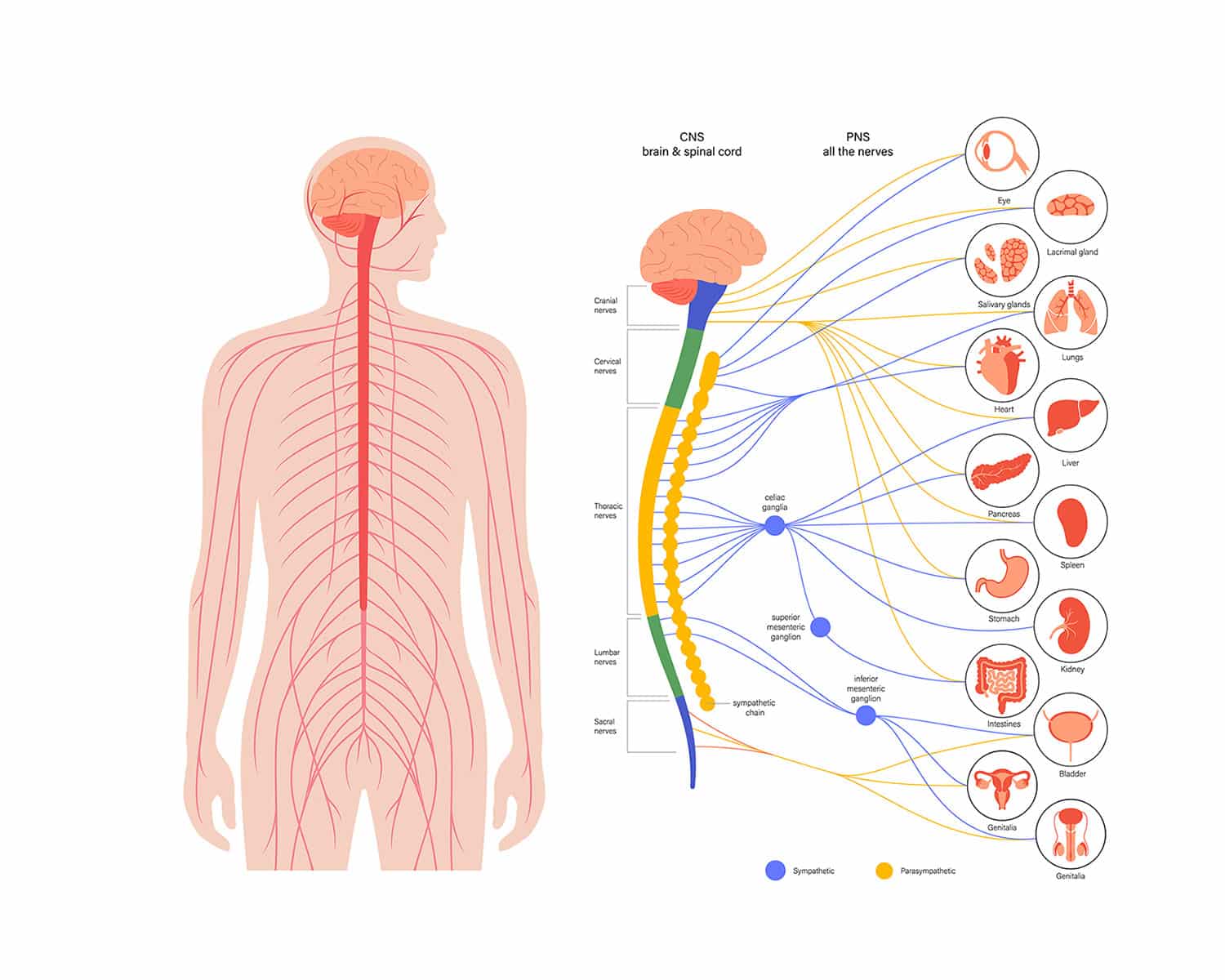Reasons why antibiotics fail, common diagnostic errors, treatment options and structured approach to finding a solution. Even after many years. Based on personal experience.
Author: Jan Schöfer, operator of kardenwelt.de, himself affected by Lyme disease.
In the eyes of many people - including doctors - Lyme disease is a simple infectious disease that is treated with antibiotics. There is no such thing as "chronic Lyme disease". It cannot come back. That sounds too simple and too good to be true - and it is often wrong. Every Lyme disease patient knows that the reality can be much more complex and, above all, more serious.


